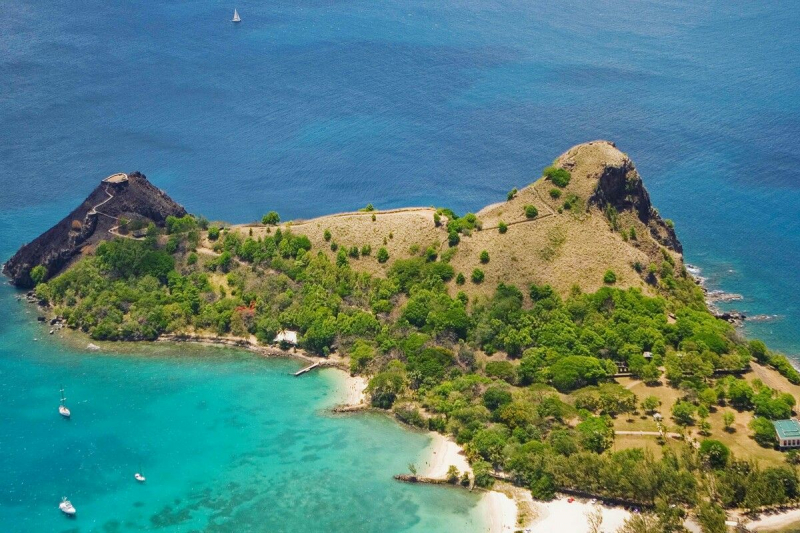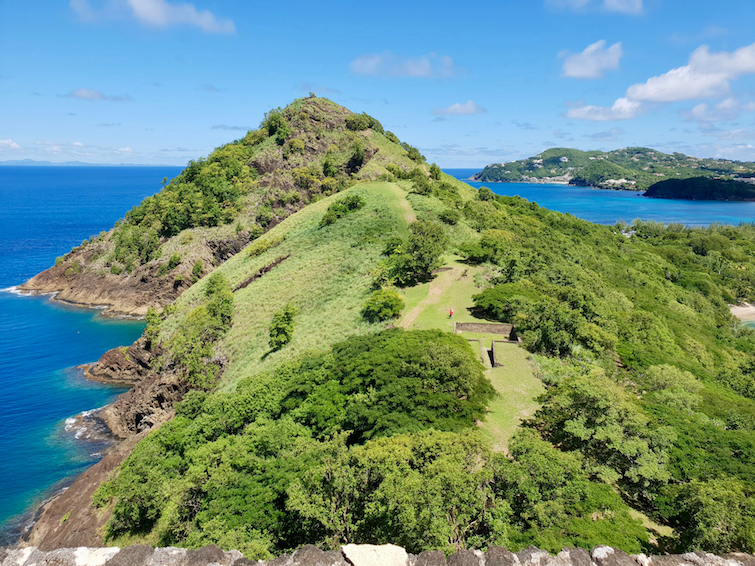Pigeon Island National Park

Pigeon Island National Park, located across from Rodney Bay, is regarded as one of Saint Lucia's most important historical sites. It is a vivid depiction of the cultural and historical monuments of international, civic, military, and maritime crosscurrents, which are typical of West Indian historical change. Pigeon Island is being fostered as a living museum inside a natural environment, with careful protection and wise development to meet the intellectual, cultural, and recreational requirements of those who visit this historic place. The gorgeous 44-acre island reserve, located off the coast of Western Australia, was originally encircled by water before being connected to the mainland in 1972 by a man-made causeway.
The Government of Saint Lucia declared Pigeon Island as a National Park in 1979 and a National Landmark in 1992, recognizing the importance of securing this spot where the balance of late-eighteenth-century maritime power was settled. During their war for control of St. Lucia, the British used strategic lookouts on the island to track the movements of French forces in Martinique.
Today, a causeway connects the island to the mainland, and hikers may enjoy panoramic views of St. Lucia's northwest coast from the vantage point. The remnants of military facilities used during fights between the French and the English, as well as an interpretive center chronicling the island's rich history, a modest café, and two white-sand beaches, are all located on the island.
Location: Gros Islet, Saint Lucia.








